
Volume: 130
Publisher: CRC PRESS (Taylor & Francis Group)
www.crcpress.com
List Price: $159.95
Cat. #: DK884X
ISBN: 9780849341885
ISBN 10: 0849341884
Publication Date: 12/15/2005
Number of Pages: 704
Availability: In Stock
 |
Series: Electrical and Computer Engineering
Volume: 130 Publisher: CRC PRESS (Taylor & Francis Group)
List Price: $159.95
|
About the book
This book contains a description of electrical relays,
their principles of operation, and applications for all basic types, for
as widespread as knowledge of the subject is, it is still not well enough
known.
The very broad scope of this book is unique, and in that
sense this book represents the first illustrated encyclopedia of electrical
relays.
The historical background of design included, of many
different types of relays, not always known even to specialists, has been
given much attention not only because it is interesting, but more important
then that because of the frequent need for a display of expertise on the
subject, enhancing the perception of competency of the specialist.
In describing some of the complicated types of relays (for example electronic relays) the related issues of design and principles of operation of the relay components are discussed too (in our case vacuum, gas discharge and semiconductor devices), which allows the reader to better understand the principles of operation of the described relays, without having to refer to additional information sources.
The book is written in a clear and easily understood language,
without mathematical treatment, and includes numerous illustrations, making
it attractive not only for specialists in relays, but also for a wide range
of engineers, technicians and students interested in extending their knowledge
in electric relays. Lecturers and university teachers will also find a
lot of valuable material for their lectures in the book.
Contents:
1 History
1.1. Relays and Horses
1.2. From Oersted to Henry
1.3. Art Professor Samuel Morse
1.4. Edison Relay
1.5.The First Industrial Relays

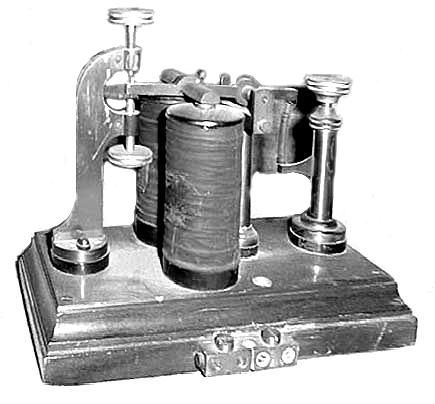
2 Magnetic Systems
of Electromagnetic Neutral Relays
2.1. Basic Components of Electromagnetic
Relays
2.2. Hysteresis and Coercitive Force
2.3. Types of Magnetic Systems
2.3.1 The Clapper-Type (Attracted-Armature) Magnetic
System
2.3.2. Systems with a Balanced Armature
2.3.3. Direct Motion (Solenoid-type) Systems and Their
Peculiarities
2.4. Differences Between AC and DC Relays
2.5. Some Auxiliary Elements for Improving
the Relay Operation
2.6. What Happens When a Relay is Energized
2.7. Windings of Relays: Types and Design
Features
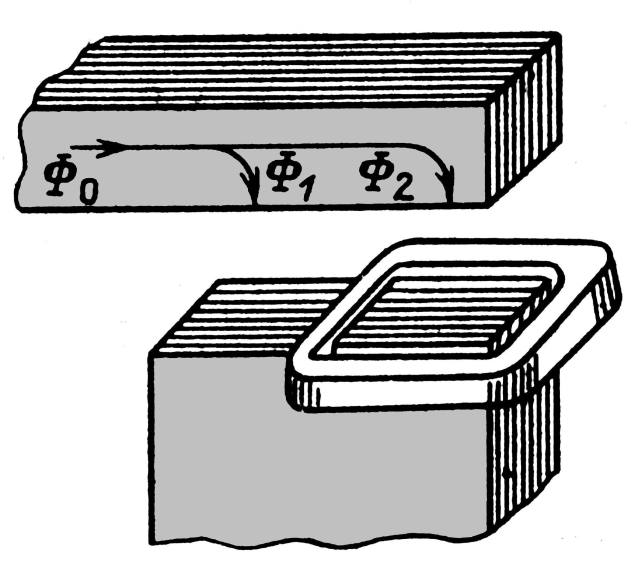

3 Contact Systems
3.1. Designs of Basic types of Contacts
3.2. Silver, Gold, Platinum
3.3. Contacts with Two-Stage Commutation
3.4. What is the Purpose of Contact Pressure
3.5. Self-cleaning Contacts
3.6. Self-Adjusting Contacts
3.7. When Power Does Not Equal Multiplication by Current
and Voltage
3.8. Split ... Make-Before-Break... High-Frequency Contacts
3.9. Compensation for Shocks and Electro-Dynamic Forces
in Contacts
3.10. Sparking Contacts and Their Control
3.11. High-Power Contact Systems
3.12. Mercury Displacement Relays
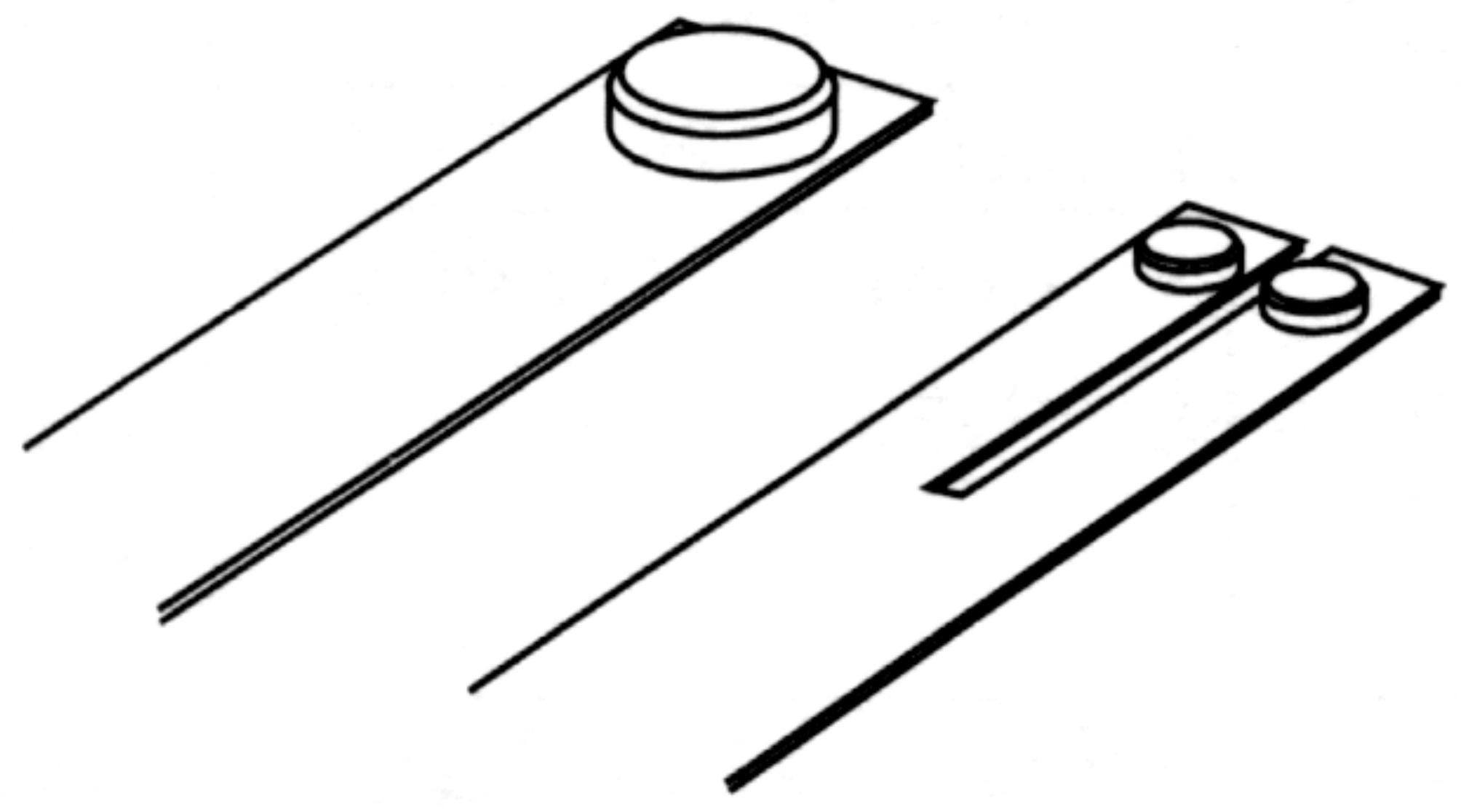
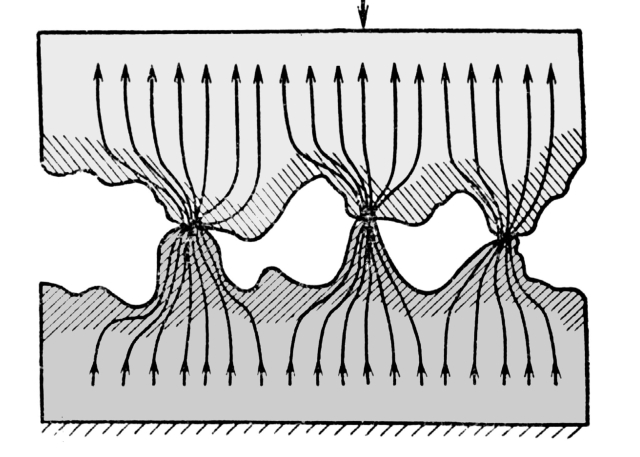
4 External Design
of Relays
4.1. Environmental Impact on Relays
4.2. Wood and Cardboard: First Protection Shield for
Relays
4.3. Is a Sealed Relay Always Better Than Open One?
4.4. Outlets, Terminal Sockets and Containers for Relays
4.5. Indicators of Operation and Test Buttons
4.6. Relays Which Do Not Look Like Relays at All
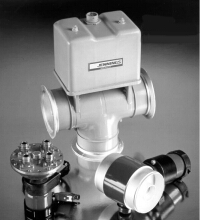
5 Reed Switches and
Reed Switch Relays
5.1. Who invented the "Reed Switch"?
5.2. Coruscation of Ideas and Constructions
5.3. High Power Reed Switches
5.4. Membrane Reed Switches
5.5. Mercury Reed Switches
5.6. High-Voltage Reed Switches
5.7. Reed Switches with Liquid Filling
5.8. Polarized and Memory Reed Switches
5.9. Reed Switch Relays
5.10. Mercury Reed Switch Relays
5.11. Winding-Free Relays

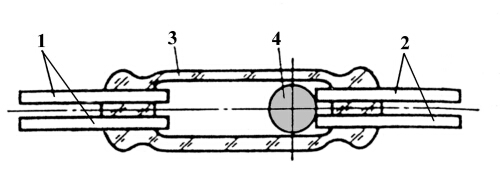
6 High-Voltage Relays
6.1. What is a High-Voltage Relay?
6.2. Open Relays for High-Voltage Switching
6.3. Vacuum and Gas-Filled High-Voltage Low Power Relays
6.4. High Power Vacuum Relays and Contactors
6.5. High-Voltage Reed Relays
6.6. High-Voltage Interface Relays
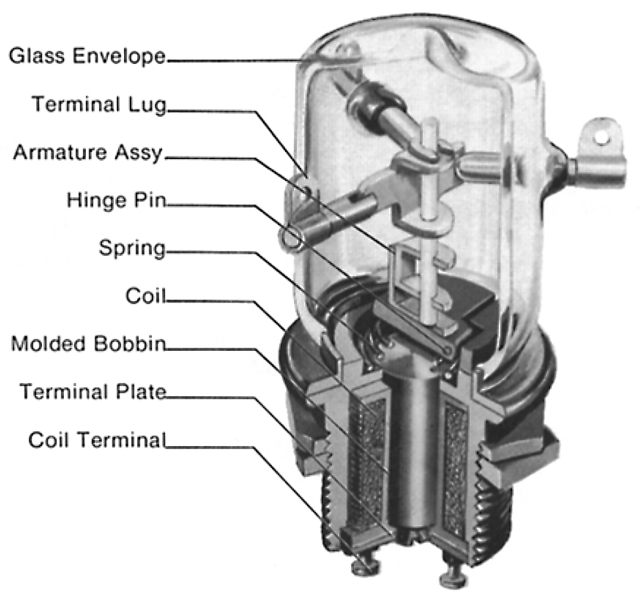
7 Electronic Relays
7.1.Was it Thomas A. Edison Who Invented a Lamp?
7.2. Lee De Forest Radio Valve
7.3. How a Vacuum Tube Works
7.4. Relays with Vacuum Valves
7.5. Gas-Tubes with Relay Characteristics
7.6. Power Mercury Valves
7.7. Electron-Beam Switching Tubes
7.8. Semiconductor Relays
7.8.1. First Experiments and Early Semiconductor Devices
7.8.2. Semiconducting Materials and p-n-Junctions
7.8.3. Diode Switch of Electric Circuits
7.8.4. Transistors
7.8.5. Bipolar... Unijunction... Field
7.8.6. From Micromodules to Microchips
7.8.7. Transistor Devices with Relay Characteristics
7.8.8. Thyristors
7.8.8.1. Control of Thyristors on Direct Current
7.8.8.2. Control of Thyristors on Alternating Current
7.8.8.3. Diac, Triac, Quadrac
7.9. Optoelectronic Relays
7.10. Super-Power Electronic Relays
7.11. Hybrid Relays
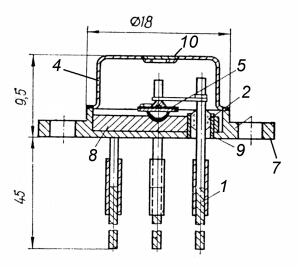
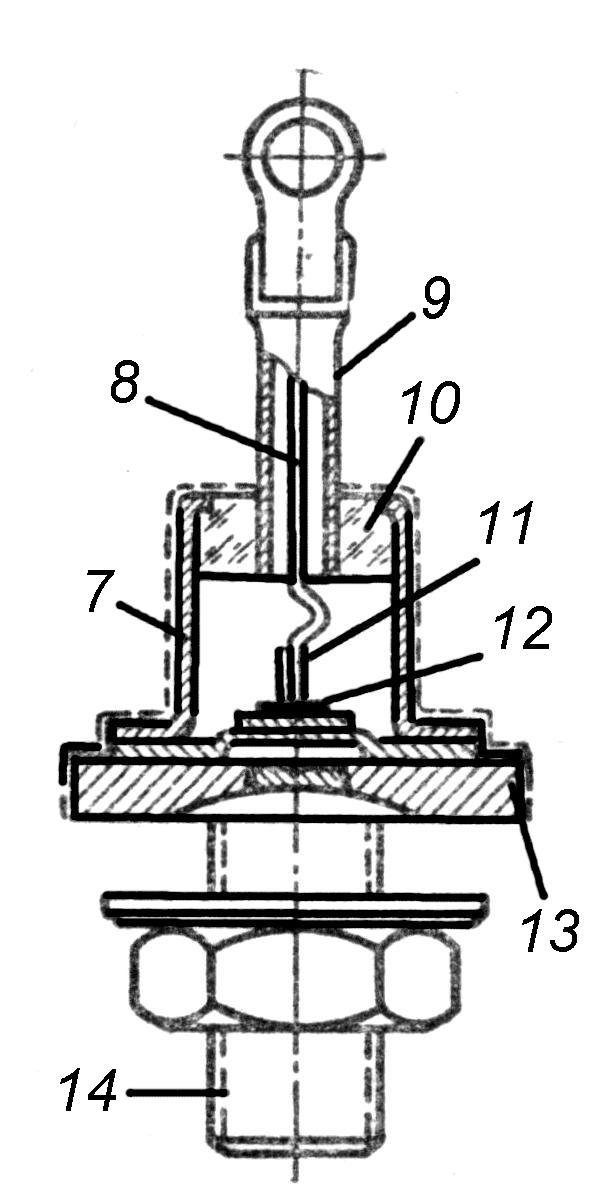
8 Time Relays
8.l. Electromagnetic Time-Delay Relays
8.1. Capacitor Time-Delay Relays
8.3. Relays with Clockwork
8.4. Pneumatic and Hydraulic Time-Delay Relays
8.5. Electronic Time-Delay Relays
8.6. Attachments to Standard Electromagnetic Relays
8.7. Microprocessor Based Time-Delay Relays
8.8. Accelerated (Forced) Relays
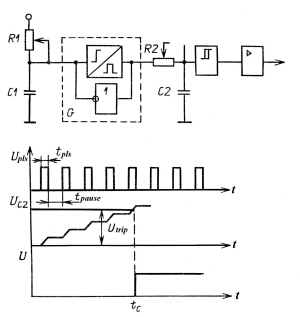
9 Thermal Relays
9.1. Relays Based on a Bimetallic Thermal Element
9.2. Protective Thermal Relays
9.3. Automatic Circuit Breakers with Thermal Elements
9.4. Dilatometer Relays
9.5. Manometric Thermal Relays
9.6. Mercury Thermal Relays
9.7. Thermal Relays with Reed Switches
9.8. Semiconductor Thermal Elements and Thermal
Relays
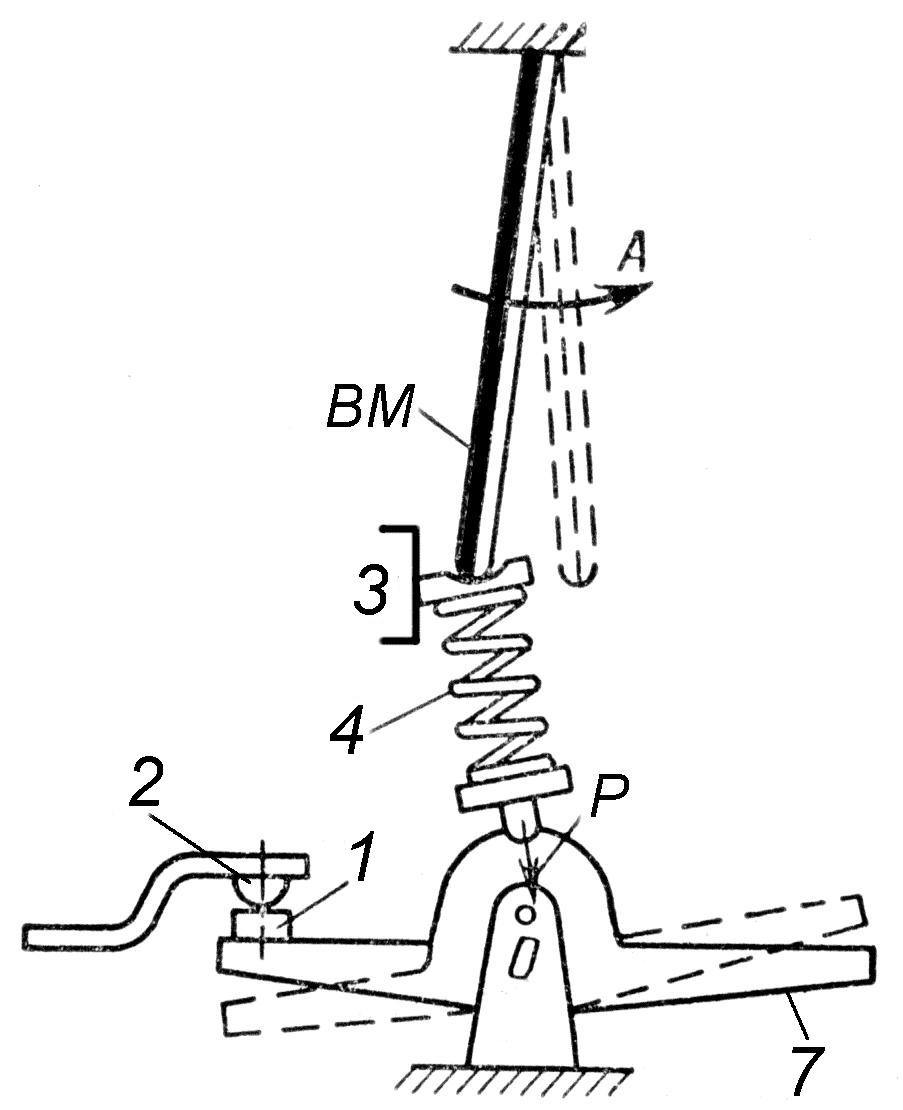
10 Current and Voltage
Protection Relays
10.1. What are Protective Relays
10.2. Current and Voltage Transformers
10.3. Instantaneous Current and Voltage Relays
10.3.1. Protective Relays of the Electromagnetic Type
10.3.2. Electronic Current and Voltage Relays
10.3.3. Reed Switch Current Relays
10.4. Current Relays with an Independent
Time-Delays
10.4.1. Relays with Integrated Clockwork
10.4.2. Current Relays with Electronic Time-Delay
Components
10.4.3. Electronic Current Relays with Independent Time-Delay
10.5. Current Relays with Dependent
Time-Delay
10.5.1. Relays with Liquid Time-Delay Elements
10.5.2. Induction Relays: Design and Characteristics
10.5.3. Electronic Current Relays with Dependent Characteristics
10.6. Harmonic and Voltage Restraint
Relays
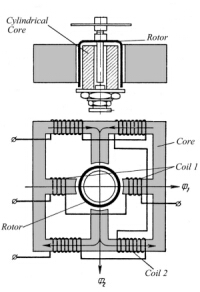
11 Power and Power-Directional
Relays
11.1. Induction-Type Relays
11.2. Characteristics of Power Direction Relays
11.3. Electro-Dynamic-Type Relays
11.4. Electronic Analogues of Power Direction Relays
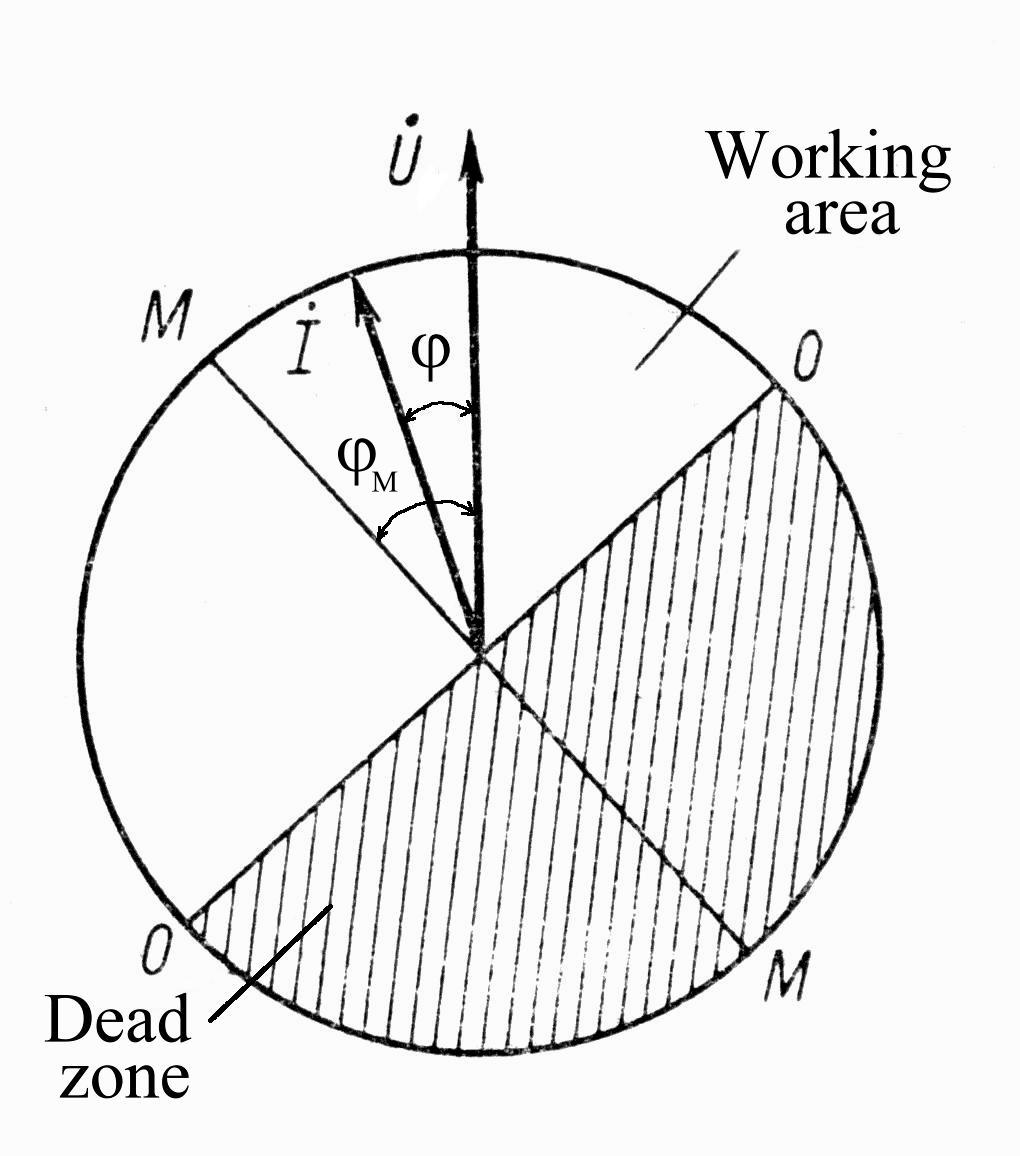
12 Differential Relays
12.1. Principles of Differential Protection
12.2. High-Impedance Differential Relays
12.3. Biased Differential Relays
12.4. Electromagnetic Percentage Differential Relays
12.5. Induction-Type Differential Relays
12.6 Harmonic Restraint Differential Relays
12.7. Pilot-Wire Differential Relays
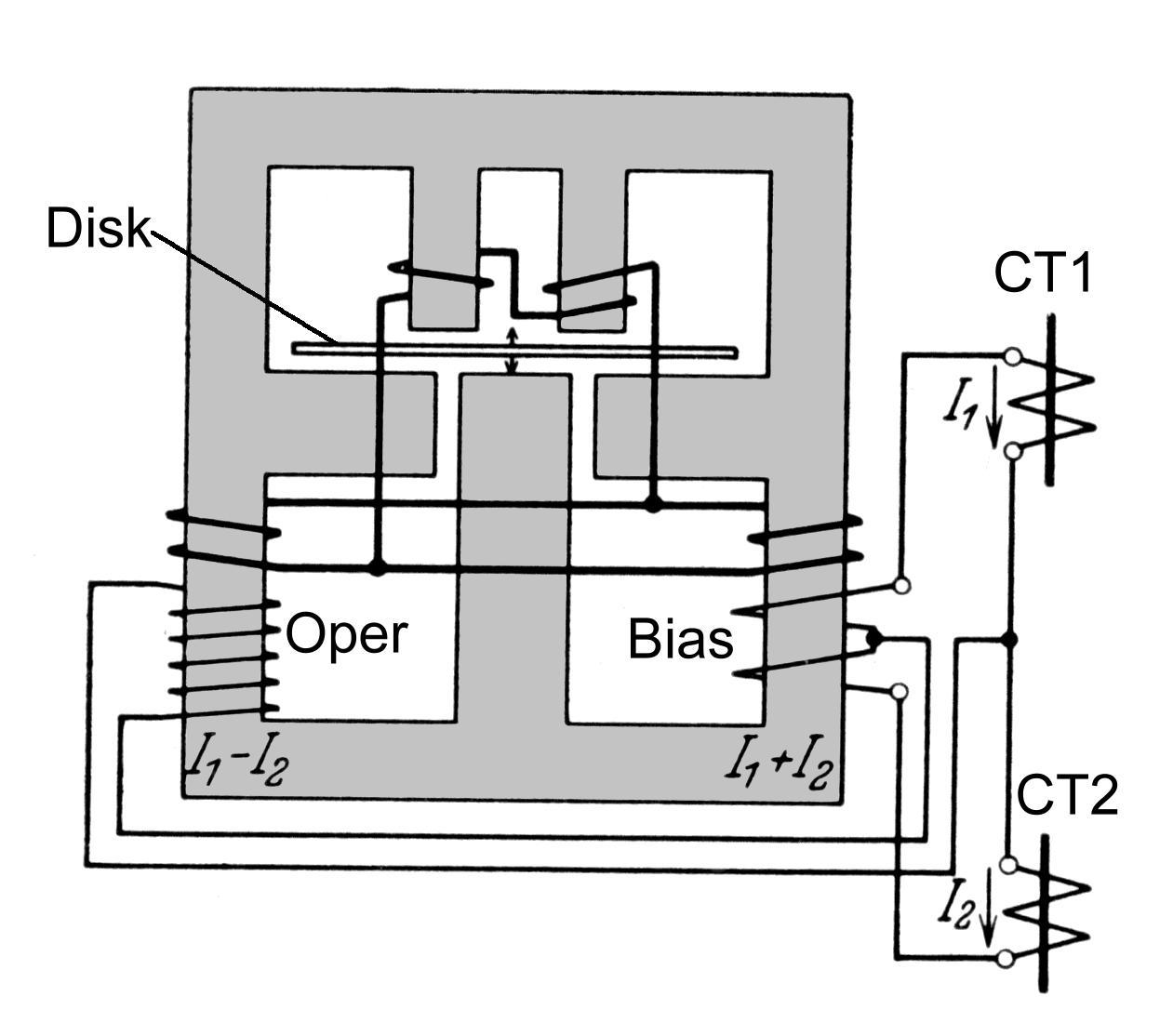
13 Distance Relays
13.1. Principles and Basic Characteristics of Distance
Protection
13.2. System Swing
13.3. Principles of Distance Relays Construction
13.4. Why do Distance Relays Need Memory?
13.5. Distance Relays with Higher Performance
13.6. Electronic Analogues of Impedance Relays
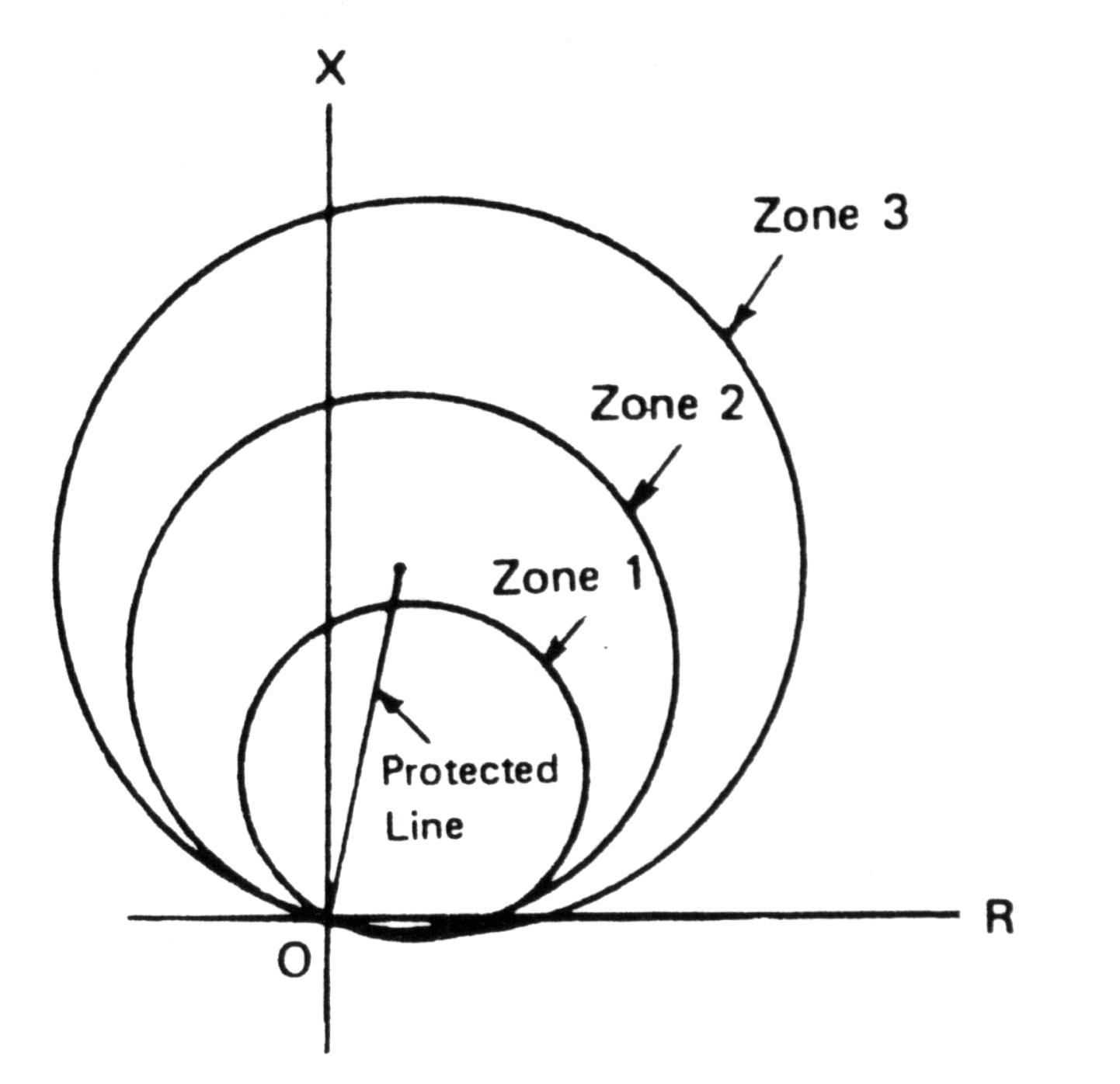
14 Frequency Relays
14.1. Why is it Necessary to Control Frequency in Electric
Networks?
14.2. Charles Steinmetz - Inventor of the Frequency Relay
14.3. Induction Frequency Relays
14.4. Resonance Relays
14.5. Electronic Frequency Relays
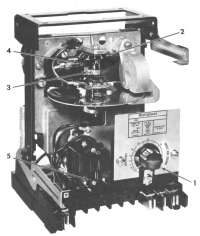
15 Microprocessor-Based
Relays: Prospects and Challenges
15.1. Is It a Relay at All?
15.2. Advantages of Microprocessor-Based Relays
15.3. Disadvantages of Microprocessor-Based Relays
15.4. Summing Up
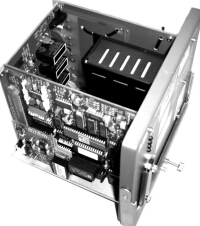
16 Special Types of
Relays
16.1. Polarized Relays
16.2. Latching Relays
16.3. Sequence Relays
16.4. Rotary Relays
16.5. Moving-Coil Relays
16.6. Amplifier-Driven Relays
16.7. Magneto-Hydro-Dynamic Relays
16.8. Annunciator Target Relays
16.9. Flashing-Light Relays
16.10. Buchholz Relays
16.11. Safety Relays
16.12. Ground Fault Relays
16.13. Supervision Relays
16.14. Hydraulic-Magnetic Circuit Breakers
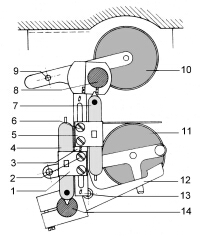
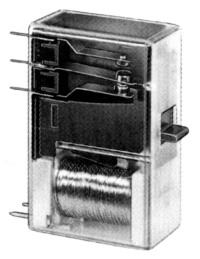
Basic Relay Terms and Definitions-Glossary
References